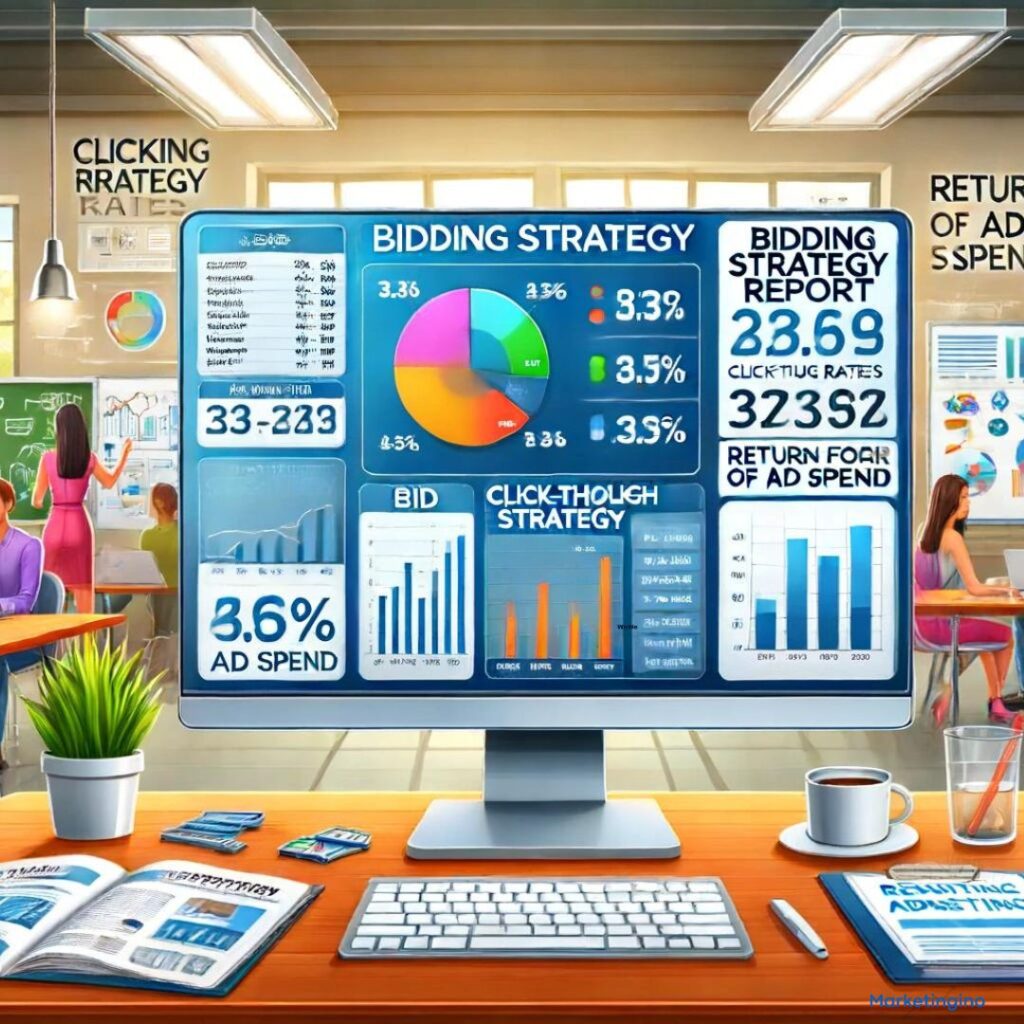In the competitive landscape of digital advertising, the concept of a “bid” is fundamental. It determines how much a marketer is willing to spend each time a potential customer interacts with their ad, whether through a click or a call. This article explores the intricacies of bids, their importance, and how to optimize your bidding strategy to maximize the return on your advertising investment.
What is a Bid?
A bid in digital advertising is the amount a marketer is willing to pay for each interaction with their ad. This could be a click on a search ad, a display ad, or a call generated from a click-to-call ad. Bids are central to pay-per-click (PPC) and cost-per-click (CPC) advertising models, where advertisers compete in auctions to display their ads to potential customers.
Types of Bids
- Manual Bidding: Marketers set specific bids for individual keywords or placements. This approach offers control and precision, allowing advertisers to allocate their budget strategically.
- Automated Bidding: Platforms like Google Ads use algorithms to automatically adjust bids based on campaign goals. This method saves time and can optimize performance by leveraging machine learning.
- Enhanced CPC (ECPC): This is a hybrid approach where manual bids are automatically adjusted to maximize conversions. It’s designed to get the most value from your budget by increasing or decreasing bids based on the likelihood of a conversion.
- Target CPA (Cost Per Acquisition): Automated bidding strategy where you set a target CPA, and the system optimizes bids to achieve conversions at or below this cost.
- Target ROAS (Return on Ad Spend): Focuses on getting the most revenue return from your ad spend. The system adjusts bids to maximize conversion value while aiming for a specific ROAS.
Why Bids Matter
- Ad Placement: Higher bids increase the likelihood of your ad appearing in prime positions, such as the top of search results or on high-traffic websites.
- Budget Management: Effective bidding ensures that your advertising budget is spent efficiently, targeting the right audience at the right price.
- Competitive Edge: In highly competitive markets, strategic bidding can give you an advantage over competitors, ensuring your ads are seen by potential customers first.
- Performance Optimization: Bids directly impact key metrics like click-through rates (CTR), cost per click (CPC), and overall return on investment (ROI).
How to Optimize Your Bidding Strategy
- Set Clear Goals: Define what you want to achieve with your campaign, whether it’s increasing traffic, generating leads, or boosting sales. Your goals will guide your bidding strategy.
- Use Data Analytics: Leverage data from past campaigns to inform your bids. Analyze which keywords and placements have performed well and allocate more budget to those areas.
- Adjust Based on Performance: Regularly review your campaign performance and adjust your bids accordingly. Increase bids for high-performing keywords and reduce spend on underperforming ones.
- Test and Learn: Run A/B tests with different bidding strategies to see which delivers the best results. Continuous testing and optimization are key to improving your campaigns.
- Leverage Automated Bidding: Use automated bidding strategies offered by platforms like Google Ads to optimize your bids in real-time. These tools can help maximize conversions and improve ROI.
Understanding and optimizing your bids is crucial for the success of your digital advertising campaigns. By setting strategic bids, monitoring performance, and leveraging data-driven insights, you can ensure that your ads reach the right audience at the right cost, ultimately driving better results for your business. Stay informed about bidding strategies and continually refine your approach to stay competitive in the ever-evolving digital advertising landscape.




